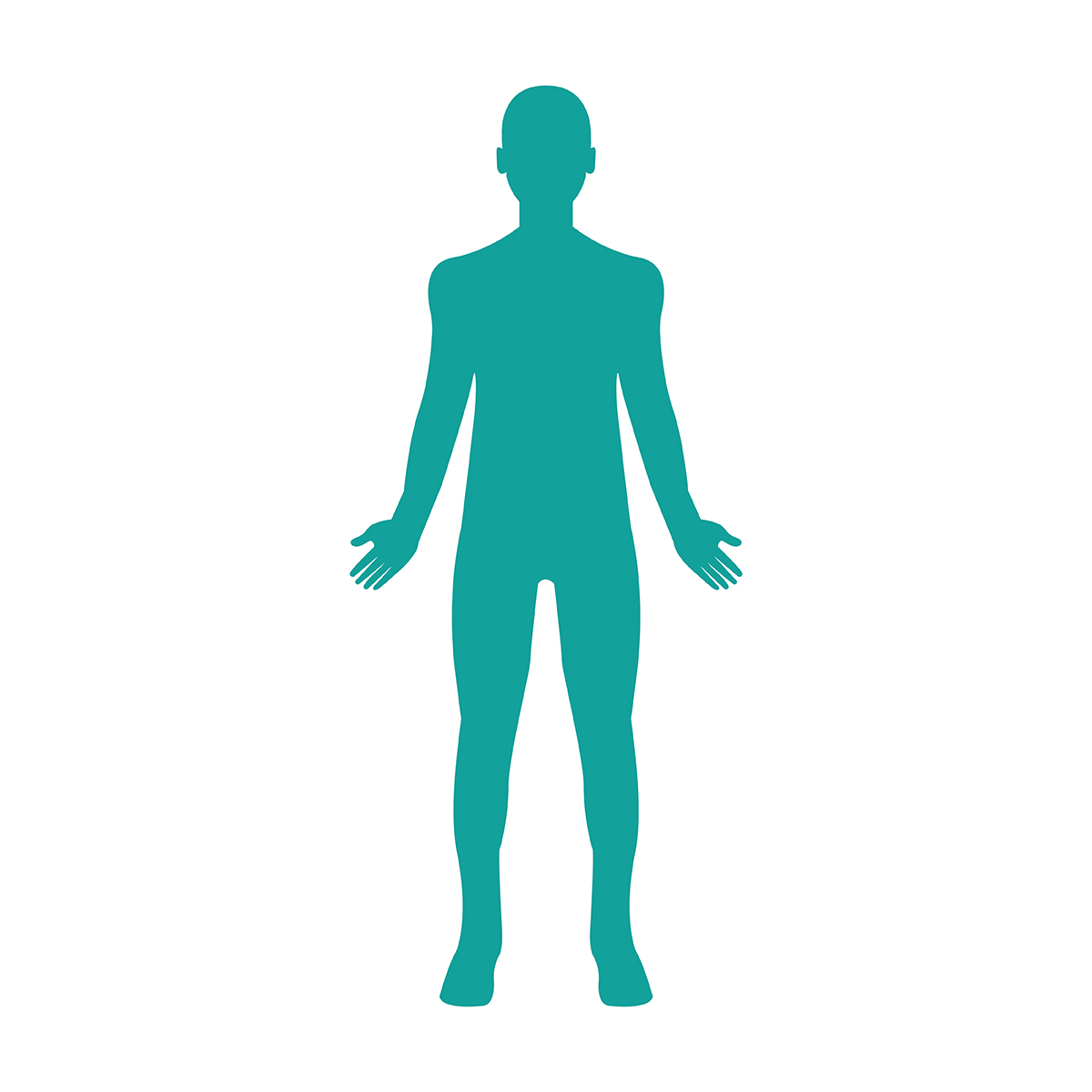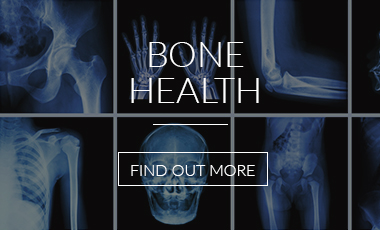Tennis elbow (‘Lateral Epicondylitis’) is pain in the muscles and tendons on the outside of the arm around the elbow joint. The injury can occur in a single incident such as a blow to the arm. More commonly, it develops after overusing the affected arm.
Tennis elbow isn’t reserved solely for tennis players. Anyone who regularly carries out an activity that involves repeatedly extending or rotating the wrist and using force at the same time can develop this condition. For example, repeatedly using a screwdriver, scissors, throwing, gardening all may result in tennis elbow. Typing or using the computer mouse in an adverse position commonly can cause symptoms too. Within the game of tennis, it tends to be aggravated by bad backhand technique or a wrong-sized racket grip.
The source of the pain is damage to a tendon that joins the “extensor” muscles of the forearm to the upper arm bone (humerus). This tendon is called the common extensor tendon.
Overuse causes tiny tears in the tendon. If the arm is not sufficiently rested after activity, the injury is likely to become worse, with a more serious tear or even rupture of the tendon.
Symptoms
Tennis elbow usually affects the arm of your dominant hand (right arm if you are right-handed).
The symptoms usually develop gradually. The main symptom is pain and tenderness in the outside of the elbow and sometimes in the muscles on top of the forearm. The pain may go away after a day or so. But if the activity that triggered the pain is repeated soon after, the pain is likely to come back and may become progressively worse as the tendon damage builds up.
The pain may become constant, and even interrupt your sleep. Other symptoms include morning stiffness of the arm and pain on turning door handles or shaking hands. As the body tries to compensate for the weakness in the elbow, you may also get pain or stiffness in other parts of the affected arm, the shoulder or neck.
Home Treatment
Mild cases of tennis elbow can be treated at home. The priority is to rest the injured tendon by stopping or changing the activity causing the problem. To relieve symptoms you can:
Apply an ice pack – for a maximum of 20 minutes, up to 6 times/day. A bag of frozen peas wrapped in a damp cloth works well because it moulds to the shape of the arm. Ensure that the skin does not change colour (the sign of an ice burn). If the skin has turned bright pink or red after a few minutes, stop using the ice. Applying a film of oil (cooking oil will do) to the skin before applying the pack helps to avoid burning the skin.
Anti-inflammatory drugs – used topically preferably, applied to the area 3-4 times daily. If necessary take ibuprofen tablets – according to the directions on the packet, up to the maximum daily dose. Avoid these if you have a history of indigestion or stomach ulcers, and possibly if you have asthma.
Wear an arm brace – available from larger pharmacies and sports shops.
Change techniques – When doing a manual task you really cannot avoid, change the grip size; use a tool with a smaller grip. If available, contact your employer’s occupational health advisers.
See a Doctor if:
- Your elbow pain continues after three weeks of self-care
- Your feel sharp, shooting pain even at rest (sitting and sleeping)
- Your elbow swells
- You see or feel a dent in the tendon (possible tear)
- You feel unusual numbness or tingling in your forearm or hand (possible circulation or nerve problems)
- Your hand or fingers are blue and cold (possible circulation problem)
- Your elbow is red and hot and you have a fever (possible infection)
Physiotherapy
Treatment will include exercises both for the arm and for the neck, as some arm pain can be referred to the elbow. They may then provide a structured approach to returning to the activity that caused the problem, involving strengthening muscles, adapting technique and preventing further damage.
You can return to sport when the arm is pain-free and strength is back to about four-fifths of what it was before the injury.
Sportspeople may need advice and training from a coach to correct errors of technique and equipment.
Other treatments
There are other therapies suitable for treatment of tennis elbow. If your pain continues, you should see a doctor to ensure the diagnosis is correct and to progress treatment. There are some medications and supplements that may promote healing. Stronger types or doses of anti-inflammatories may be prescribed.
Injection therapies may be indicated. There are various forms of injections that are now used in treating the condition. Cortisone has been commonly used for many years; there are also newer types of injection that may be helpful.
Shock wave therapy is a high energy therapy that can relieve the pain from the condition.
For a completely ruptured tendon, or when no improvement has been obtained after many months of rest and rehabilitation, surgery may be an option. However, very few people need surgery.









